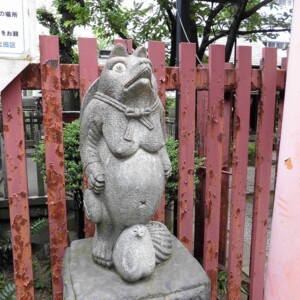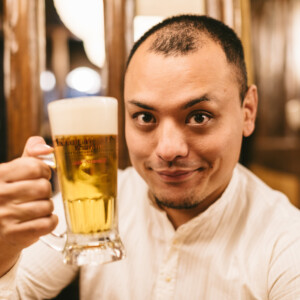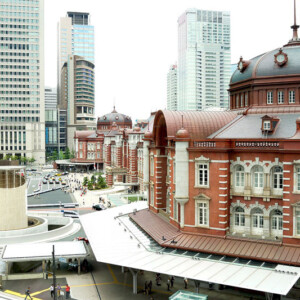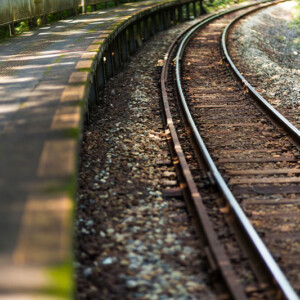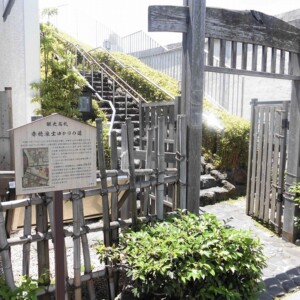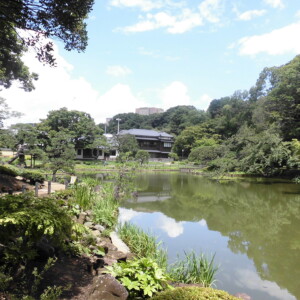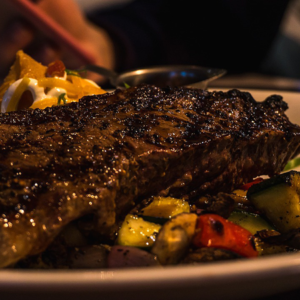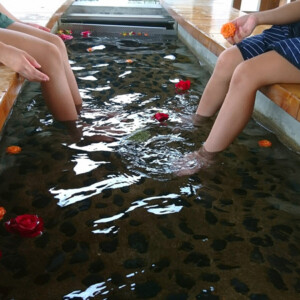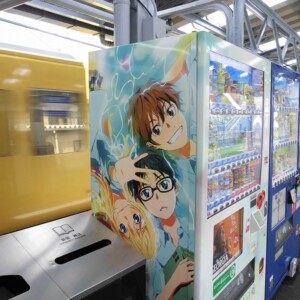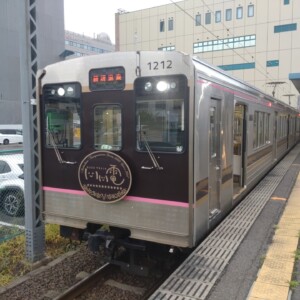
Stroll through Fukagawa's famous Kiyosumi Garden and enjoy Fukagawa gourmet food
table of contents
Kiyosumi Garden in Fukagawa began as Fukagawa Shinbokuen Garden, built by Mitsubishi Group founder Yataro Iwasaki as a place for employees to relax and receive guests. Take a stroll through this famous Meiji-era garden, which still retains its original appearance
The strolling garden built by Iwasaki Yataro
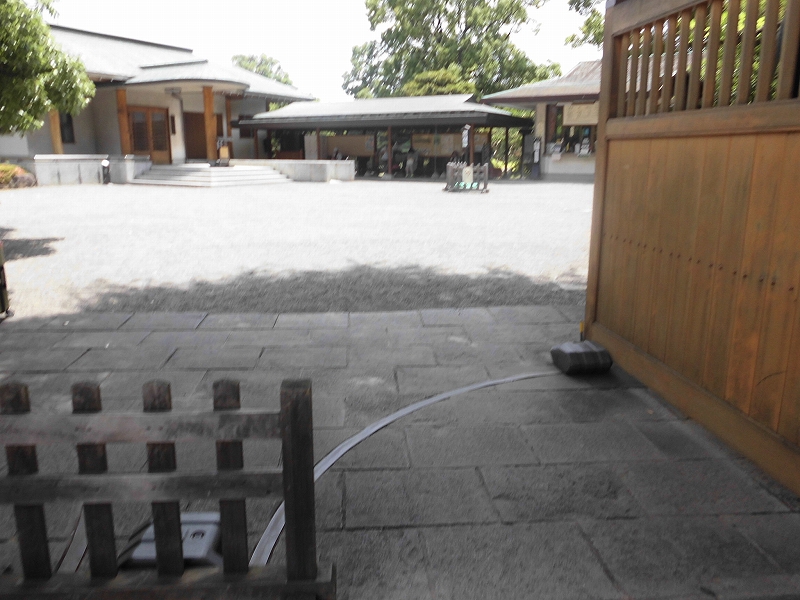
Kiyosumi Garden is a Tokyo Metropolitan Government designated Place of Scenic Beauty. It is said that this was once the site of the residence of Kinokuniya Bunzaemon, a wealthy merchant from the Edo period. Later, it became the secondary residence of the Sekijuku domain. Then
, in 1878 (Meiji 11), Iwasaki Yataro purchased 10,000 square meters of land in the surrounding area and opened Fukagawa Shinbokuen Garden. In 1924 (Taisho 13), the Iwasaki family donated Fukagawa Shinbokuen Garden to the city of Tokyo, and the current Kiyosumi Garden was born.
By the way, Kiyosumi Park, which is adjacent to Kiyosumi Garden, is also the former site of Fukagawa Shinbokuen. While Kiyosumi Garden requires an admission fee, Kiyosumi Park is open to the public free of charge

Currently, Kiyosumi Garden is one of the most popular spots for foreign tourists. On the day we strolled around, tourists from various countries were enjoying the garden
Kiyosumi Garden is a strolling garden with a large pond called the Great Pond. The water for the Great Pond is currently rainwater, but in the past it drew water from the Sumida River. As a result, the water level of the pond would rise and fall with the high and low tides, causing the view to change
There are three islands in the pond: Nakanoshima, Wajima, and Matsushima, and on the water's edge is a tea-ceremony pavilion built in the sukiya style that juts out into the pond. The pavilion was originally built for reception by the Iwasaki family. It was renovated in 1985 and can now be used as a meeting place. There is a fee to use the pavilion. The pavilion was selected as a Tokyo Metropolitan Historical Building in 2005
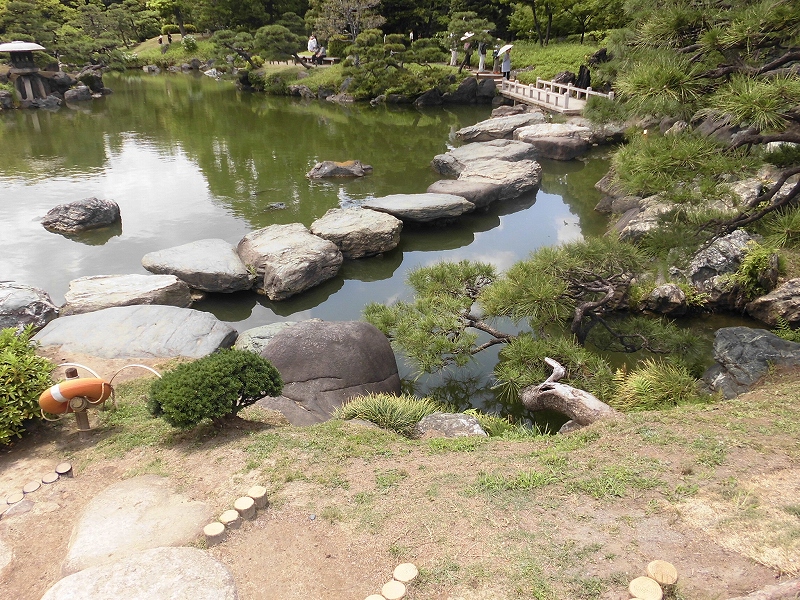
As you stroll around the Great Spring, enjoying the view around it, you'll come across large stones lined up like a path on the edge of the pond. This is called "Iso-Watari." It was created so that you can enjoy the scenery while feeling like you're walking on the pond

The garden is filled with many garden stones of various sizes. Not only Ikoma stone, but also famous stones from all over the country, such as Bitchu granite, Sanuki granite, Iyo blue stone, and Kishu blue stone, are collected here. The paving stones, rock crossing stones, and stone bridges that are commonly placed here are all made from these famous stones. Incidentally, the stones decorating the garden were once collected from all over the country by the Iwasaki family
INFORMATION
| name | Kiyosumi Garden |
| location | Kiyosumi 3-chome, Koto-ku, Tokyo |
| telephone number | 03-3641-5892 |
| GOOGLE MAP |
After a stroll through the famous garden, enjoy Fukagawa cuisine!
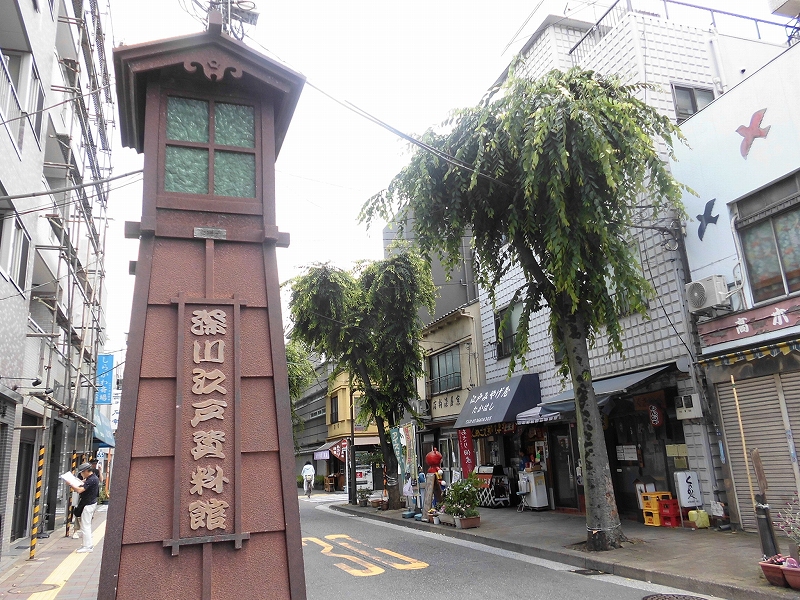
After strolling through Kiyosumi Garden, why not have lunch on Fukagawa Meshi, a dish that has been eaten in Fukagawa since the Edo period? Just across the street from Kiyosumi Street, you'll find a collection of restaurants specializing in Fukagawa Meshi, a Fukagawa delicacy. Look for the large lantern bearing the words "Fukagawa Edo Museum." This area is lined with popular restaurants that often have long lines at lunchtime
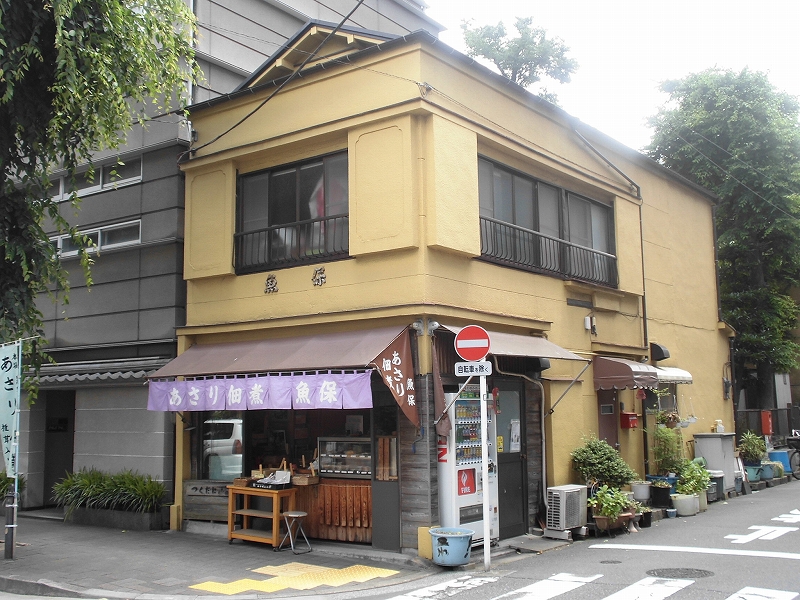
During the Edo period, Fukagawa was a fishing town, and clams were one of the things that were caught in abundance, making it a Fukagawa specialty. When there was an overabundance of clams, a processed food was made to keep them fresh and edible, and this is still a Fukagawa specialty today: clam tsukudani
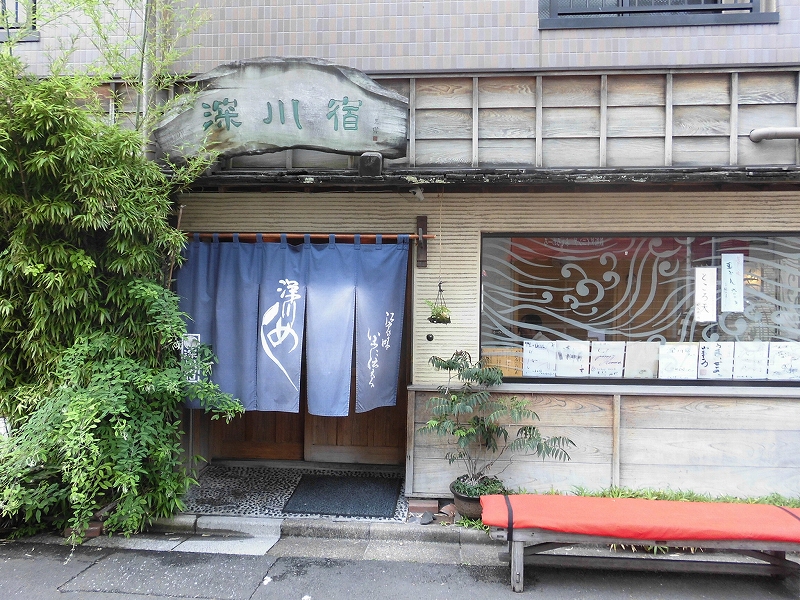
Directly opposite the Fukagawa Edo Museum is Fukagawajuku, a restaurant specializing in Fukagawa meshi. It is one of the most popular restaurants. They serve two types of Fukagawa meshi.
One is Fukagawa meshi, which was eaten when Fukagawa was a fishing town, and is made by pouring chopped green onions and raw clams simmered in miso over hot rice.
The other is Fukagawa meshi, which is rice cooked with clams and was made for bento lunches around the time when the area around Fukagawa was reclaimed and the town changed from a fishing town to a town of carpenters.
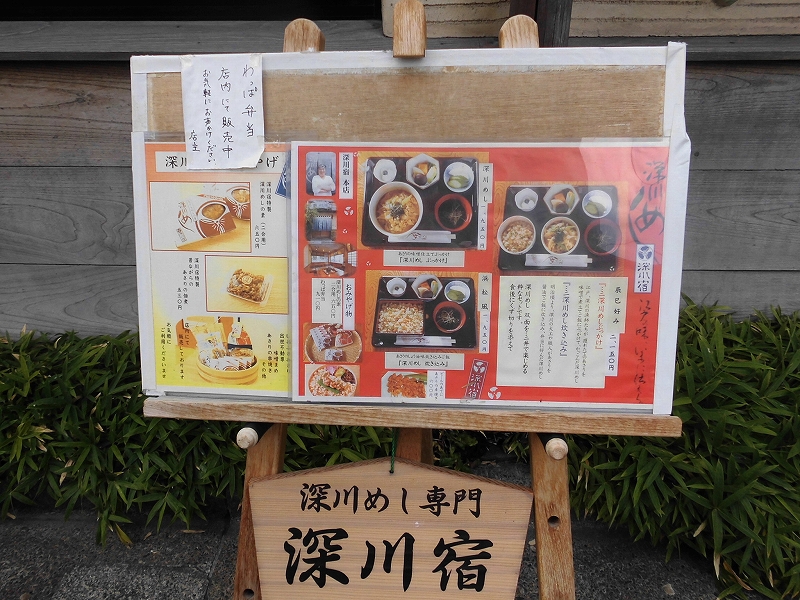
There is a menu with photos on the sign at the entrance to Fukagawa-juku. Fortunately, there is also a menu where you can get half-size portions of both of the two types of Fukagawa-meshi. The restaurant's recommendation is the authentic Fukagawa-meshi that fishermen used to eat. Incidentally, Fukagawa-meshi, which is piping hot rice topped with bukkake, has also been selected as one of the 100 best local dishes by the Ministry of Agriculture, Forestry and Fisheries
INFORMATION
| name | Fukagawa-juku main store |
| location | 1-6-7 Miyoshi, Koto-ku, Tokyo |
| telephone number | 03-3642-7878 |
| Official URL | http://www.fukagawajuku.com/access_honten.html min |
| GOOGLE MAP |
How was it?
Kiyosumi Garden, known as a famous garden of the Meiji era, is easily accessible, just a four-minute walk from Kiyosumi-Shirakawa Station. A restaurant specializing in Fukagawa's specialty, "Fukagawa Meshi," is also just three minutes from the station. After strolling through the garden and sampling Fukagawa cuisine, we also recommend a visit to the Fukagawa Edo Museum





